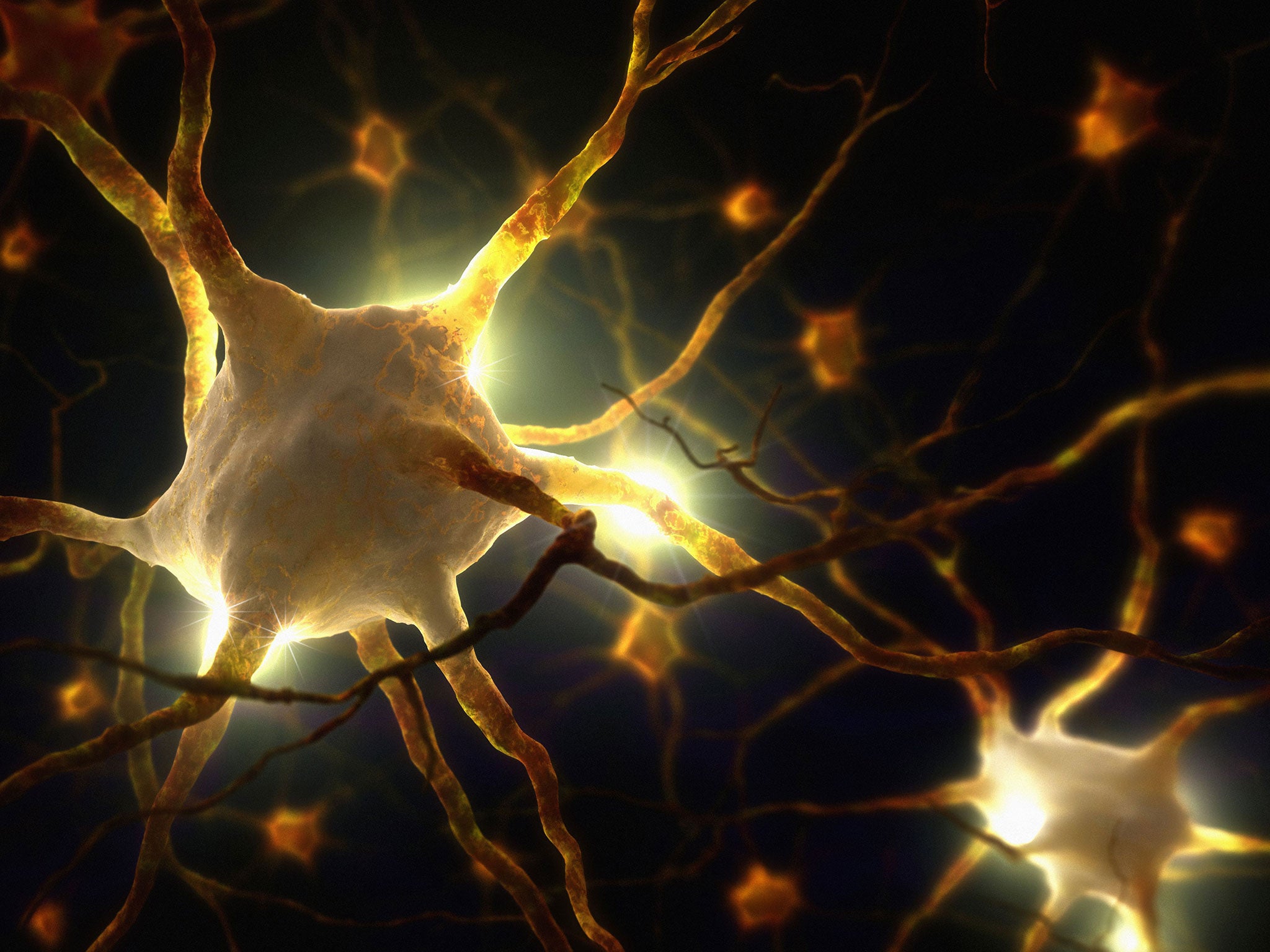'Pain in a dish': Scientists create living model of human nerve cells
Study could help discover new forms of pain relief

Scientists have created a miniature model of human pain in the form of nerve cells growing in a laboratory dish that respond to the discomfort of hot chillies and other kinds of physical distress.
They may not yet say “ouch” when pinched, but the living nerve cells show they are just as sensitive to painful stimuli whether they come in the form of high temperatures or the chemical ingredient that make chilies feel so hot.
Harvard University researchers said they have generated the human nerve cells that normally send painful stimuli to the brain by reprogramming ordinary skin cells experimentally so that they develop into fully mature, adult pain neurons.
The result is “pain in a dish”, which they believe could be used to discover new kinds of analgesics and other forms of pain relief, as well as helping to find out why some people are more prone to feeling chronic pain than others.
“Pain is arguably one of the most important of our sensory applications. It warns us of danger in the environment and we’re exposed to a lot of things that can damage our sensitive biological systems,” said Clifford Woolf of the Harvard Stem Cell Institute in Cambridge, Massachusetts.
“The goal was to study the key aspects of how the nervous system generates the sense of pain. The idea was to create the key elements of the human nervous system involved in pain in a dish,” said Dr Woolf, who led the study.
“We’ve made neurons [nerve cells] that retain the key aspects of the pain system. They act like a fire alarm but instead of detecting a fire they detect tissue damage,” he said.
The nerve cells created at Harvard respond to immediate physical injury, the acute “ouch” pain, as well as the more subtle forms of chronic, longer-term pain caused by things like tissue inflammation or the side-effect of chemotherapy drugs, he said.
When the pain cells are heated above 42C, they start to fire off signals just as they would in the skin of someone who touches a hot plate. They also fire off signals when brought into contact with capsaicin, the active component of chili peppers that give them their hot taste.
The pain cells were created from ordinary skin cells with the help of five biochemical ingredients or “transcription factors” that caused the genes of the skin cells to turn off and the genes of the pain cells to turn on, according to the study, published in the journal Nature Neuroscience.
Dr Woolf said that this relatively simple approach, which did not involve the use of embryos or embryonic stem cells, suggests it may one day be possible to create bespoke pain-in-a-dish models for patients troubled with long-term, chronic pain in order to study potential treatments.
“I think the ability to make human pain neurons for the pain field is going to be very important,” Dr Woolf said.
“Furthermore, our failure with embryonic stem cells led us to work with adult tissue samples making the technology much more clinically relevant since these are easy to collect from patients suffering from different kinds of pain,” he said.
Join our commenting forum
Join thought-provoking conversations, follow other Independent readers and see their replies
Comments